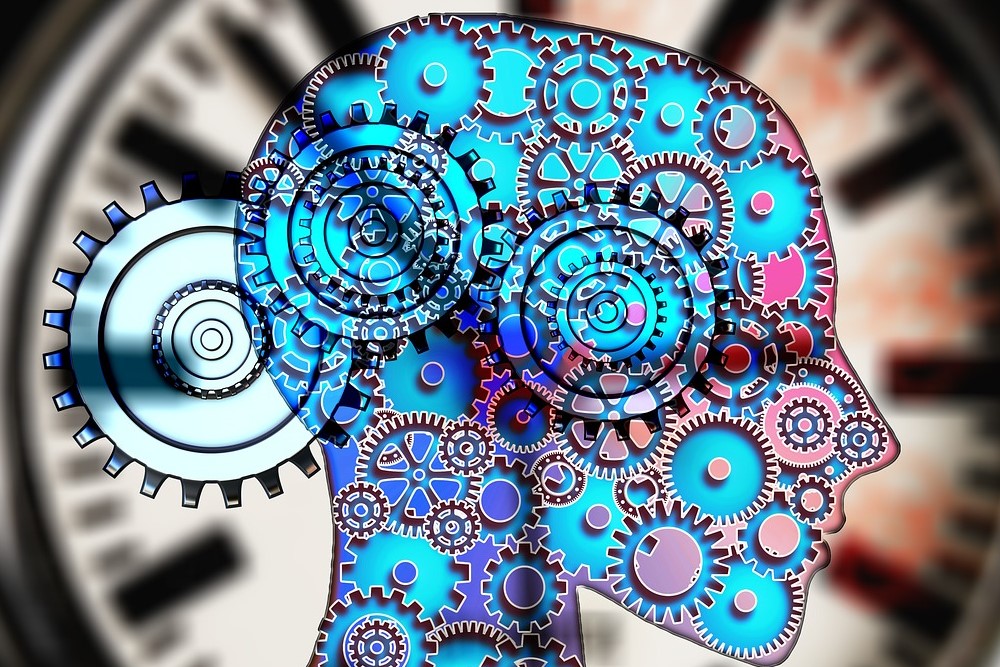This July, Elon Musk announces his new company which deals with a brain-computer interface (BCI) called Neuralink. Despite making huge tech advancements and innovation to space exploration, skeptics raise their doubts that integrating AI to the brain may not help human intelligence after all.
Instead, it may lead to humanity’s self-destruction before AI and machine learning were fully manifest to human potential.
An op-ed published in Financial Times voiced out this concern on how merging with AI could end up “suicide for the human mind.” It was written by a cognitive psychologist, Susan Schneider.
She further described that for instance, when an adult has an AI device installed in the brain and been observing while backing up behavioral and thought patterns, it can learn how to mimic exactly as what an adult would do and think.
She hypothetically concluded that the human brain was surgically removed and the new brain became the AI device. The hypothetical setting came from Australian sci-fi writer, Greg Egan, on which the AI was named as “jewel.”
The setting came at the point as an inquiry: which was controlling the brain in the end, the biological human thought or the AI called “jewel”?
Schneider added that merging with AI is “ill-conceived” on which could mean an “eventual total replacement of the brain with AI components.” She explained that it isn’t likely to transfer human consciousness to an AI chip. Alternately, it is more credible to happen that human “inadvertently killed” the self instead.
The device was developed to be laced into the human brain – by installing implantable “brain chip” into the human mind. However, the Neuralink’s purpose was to use this for treating neurological diseases as it was mentioned by Musk during the launch last month.
Is Neuralink plausible?
The Neuralink has put dozens of thin electrode wires into its device to perceive and collect brain signals that can transmit the readings. The chip consists of three thousand (3,000) electrode wires which are thinner than a human hair and will be installed by having a two-millimeter (2mm) hole in the human skull.
The threads will be navigated by a surgeon using a surgical robot to carefully insert them without damaging blood vessels. Electrical impulses will be traced to outside while the chip can be supplied of power by attaching wireless hardware behind the ear which is similar to cochlear implants.
Musk assured that ten (10) of the chips can be safely inserted into a single brain.
During their animal test, Musk mentioned that a monkey has successfully controlled a computer with its thoughts alone. The company proceeded to apply for Food and Drug Administration (FDA) approvals and other United States (US) regulators for the plan of working for the first trials with paralyzed people to observe if it can be successful.
However, Schneider warned that AI-based enhancements will be hard to implement since “it will be hard to draw the line on how much is too much.” Even if the technology grows to be advanced enough, she remained to be a skeptic since neural replacement appears to be “arbitrary” regardless if the AI will get fifteen percent (15%) or seventy-five percent (75) of the human brain.
She acknowledged that AI can “supplement neural activity” but to replace “normally functioning neural tissue” may subject to losing a human life.
To enhance the reliability of the chip, Neuralink has to combine multiple electrodes into a single thread, and presumably, the BCI firm is on its way in developing better electrode and polymer materials since minimizing the risk of damaging neurons is crucial.
This method isn’t entirely new. In fact, past studies have shown that the major obstacle was the scar development in the brain tissue. For Neuralink to succeed, surpassing this limitation is one of its milestones.
Evidently, further development is needed to ensure the long-term safety of the AI tech and the electrode threads when it is integrated inside of the actual human brain.







